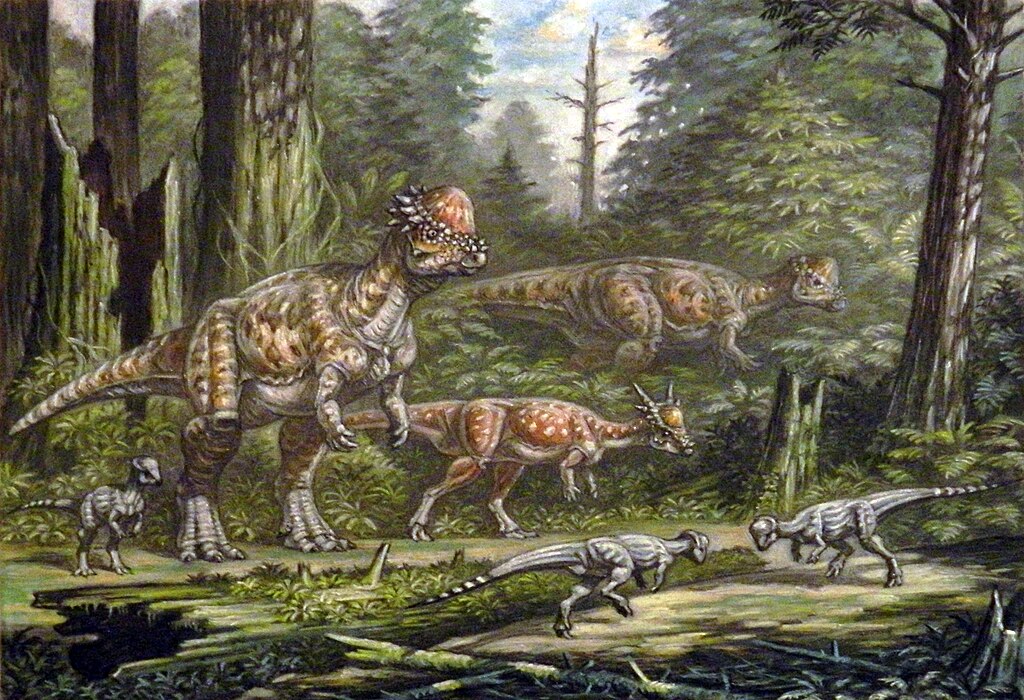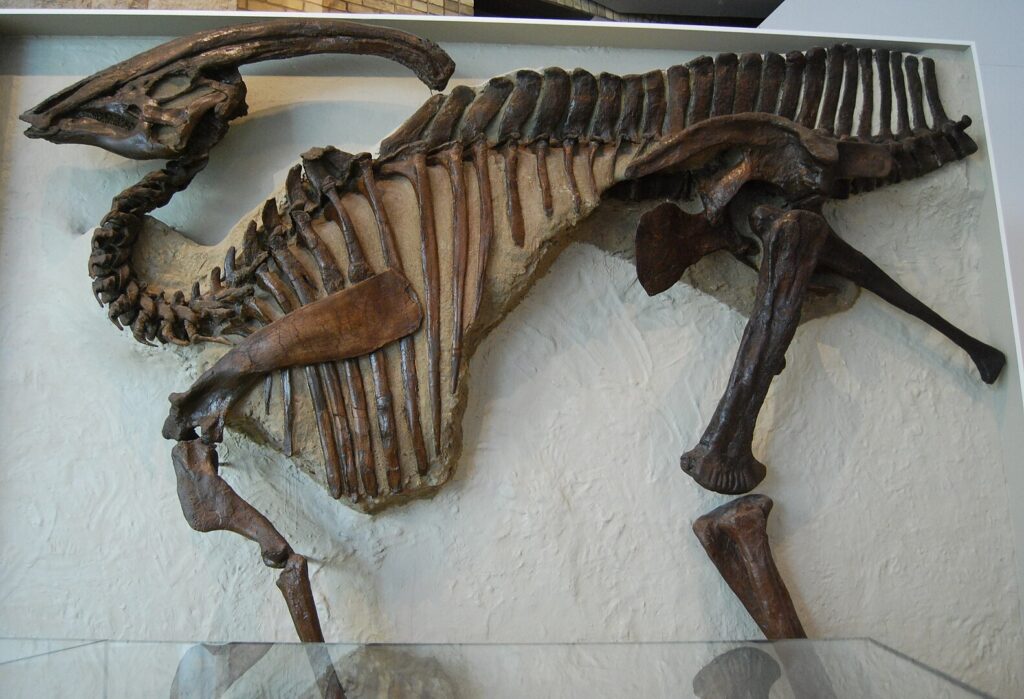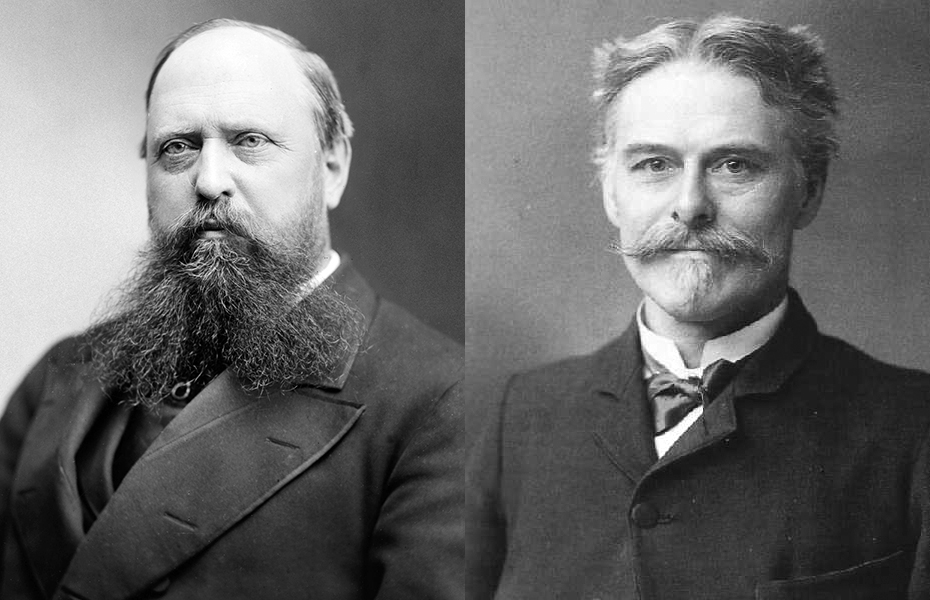The enigmatic Stygimoloch, with its distinctive domed skull adorned with menacing spikes, represents one of the most visually striking dinosaurs to roam North America during the final stages of the Cretaceous period. This peculiar pachycephalosaurid dinosaur, whose name translates to “demon from the river Styx,” captures both scientific interest and popular imagination with its unusual cranial architecture. Living approximately 66-68 million years ago in what is now the Midwestern United States, Stygimoloch provides a fascinating glimpse into the diverse evolutionary adaptations that emerged just before the mass extinction event that would claim the dinosaurs. This article explores the discovery, anatomy, behavior, and scientific debates surrounding this remarkable creature that pushed the boundaries of dinosaur head ornamentation to dramatic extremes.
Discovery and Naming: Unearthing the “Demon”
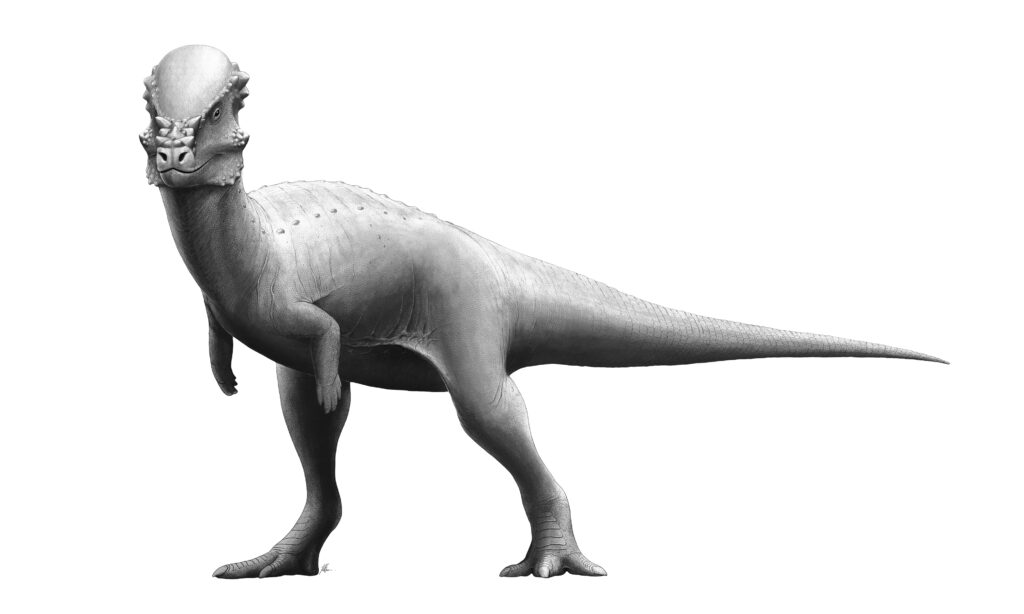
Stygimoloch was first described by paleontologists Peter Galton and Hans-Dieter Sues in 1983, based on fossil remains discovered in the Hell Creek Formation of Montana. The genus name combines “Styx,” the river of the underworld in Greek mythology, with “moloch,” referring to a horned lizard and a Canaanite deity associated with sacrifice, creating the dramatic “demon from the river Styx” moniker. This evocative name was inspired by the dinosaur’s intimidating appearance, particularly its prominent cranial spikes and nodes. The type species, Stygimoloch spinifer, was established from several skull fragments that displayed the distinctive arrangement of horns and knobs that would come to define this genus. Initial discoveries were fragmentary, consisting primarily of skull material rather than complete skeletons, which would later contribute to scientific debates about the dinosaur’s true identity and relationship to other pachycephalosaurs.
Physical Characteristics: The Spiky-Headed Wonder
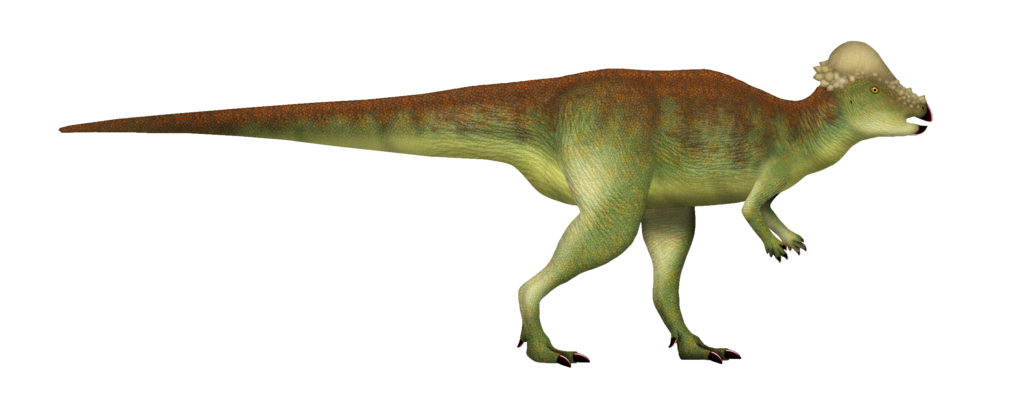
Stygimoloch’s most distinctive feature was undoubtedly its skull, which featured a moderately domed head adorned with an array of spikes and knobs, particularly concentrated at the back of the skull. Unlike its relative Pachycephalosaurus, which possessed a more prominent dome with smaller bumps, Stygimoloch displayed larger, more dramatic spikes up to 4-5 inches long projecting from the back of its skull and around the eye sockets. The animal stood approximately 3 feet tall at the hip and measured around 10 feet in length, making it a medium-sized dinosaur by Late Cretaceous standards. Stygimoloch’s body construction followed the typical bipedal ornithischian design, with powerful hind limbs supporting a relatively light frame, enabling it to move quickly through its environment. The remainder of its skeleton resembled that of other pachycephalosaurids, with a stiffened tail and arms that were significantly shorter than its legs, specialized for a primarily herbivorous lifestyle in the diverse ecosystems of the Late Cretaceous.
Taxonomic Controversies: Identity Crisis
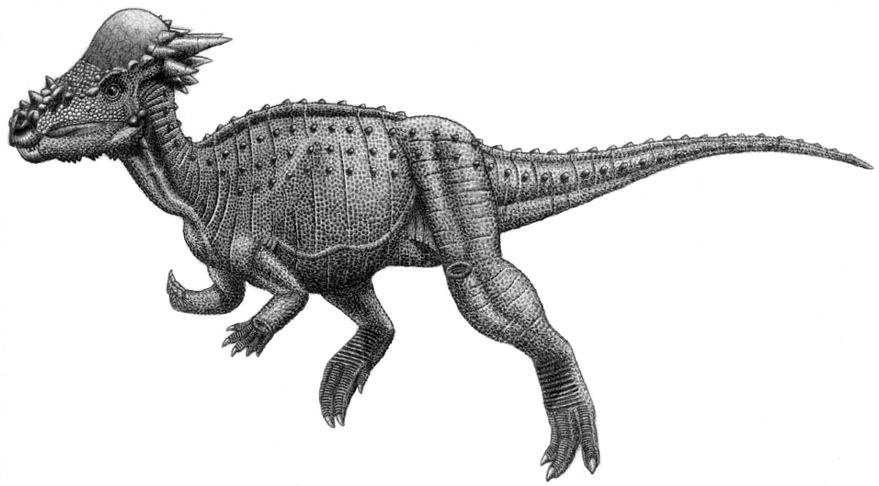
Perhaps no aspect of Stygimoloch’s scientific story is more contentious than the ongoing debate about whether it represents a distinct genus or merely a growth stage of another pachycephalosaur. In 2009, paleontologists Jack Horner and Mark Goodwin proposed that Stygimoloch specimens might represent juvenile or subadult Pachycephalosaurus individuals, suggesting that as these dinosaurs matured, their distinctive spikes would have been incorporated into the expanding dome of the skull. This hypothesis falls within a broader scientific reassessment of dinosaur diversity that has recognized that many dinosaurs underwent dramatic morphological changes as they aged. Supporting evidence includes histological studies of bone tissue showing active growth in Stygimoloch specimens and the identification of transitional forms between the spiky Stygimoloch morphology and the domed adult Pachycephalosaurus. However, this remains controversial, with other researchers maintaining that the differences are too significant to represent mere ontogenetic (developmental) variation, and that Stygimoloch should retain its status as a separate genus within the pachycephalosaurid family.
Paleoenvironment: The World of Stygimoloch

Stygimoloch inhabited the lush, subtropical environments of the Late Cretaceous Hell Creek Formation, a region spanning parts of Montana, North and, South Dakota, and Wyoming. This ecosystem was characterized by river floodplains, subtropical forests, and open woodlands that supported a rich diversity of plant and animal life. The climate during this period was warmer than today, with seasonal variations that created a dynamic environment for its inhabitants. Stygimoloch shared its habitat with iconic dinosaurs, including Tyrannosaurus rex, Triceratops, and Edmontosaurus, forming part of a complex ecological community. The environment was dominated by flowering plants, conifers, ferns, and cycads, providing ample food sources for herbivorous dinosaurs like Stygimoloch. Fossil evidence from the Hell Creek Formation reveals an ecosystem on the verge of the Cretaceous-Paleogene extinction event, offering valuable insights into dinosaur communities just before their disappearance approximately 66 million years ago.
Diet and Feeding Habits: Prehistoric Vegetarian
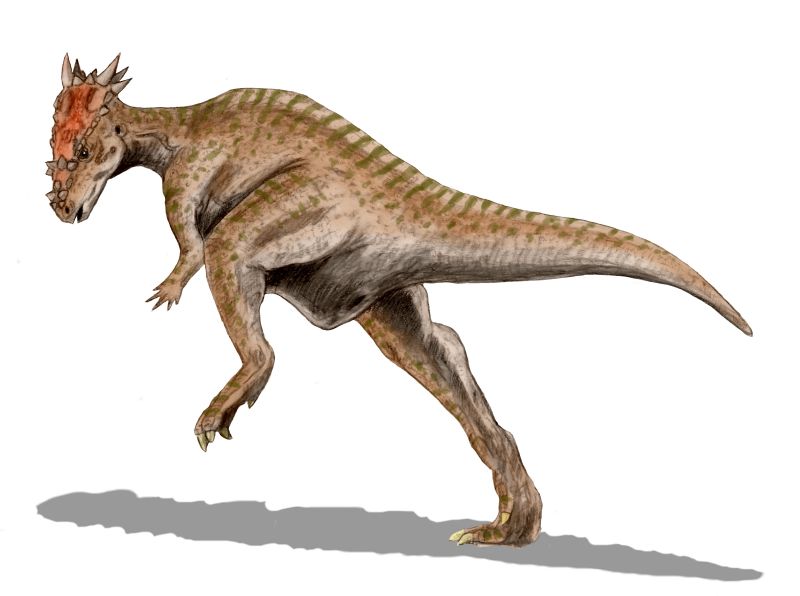
Stygimoloch was primarily an herbivore, based on its dental and jaw structure, which was specialized for processing plant material. Like other pachycephalosaurids, it possessed small, leaf-shaped teeth with serrated edges suitable for slicing through fibrous plant matter rather than tearing flesh. The tooth arrangement and jaw mechanics suggest Stygimoloch likely fed on low-growing vegetation, possibly including fruits, seeds, young shoots, and leaves from the diverse plant life of the Late Cretaceous. Its modest size would have allowed it to be selective in its feeding habits, potentially targeting more nutritious plant parts rather than bulk vegetation. Some paleontologists have suggested that the powerful jaw muscles and tooth wear patterns indicate a capability for processing tougher plant materials than other contemporary herbivores might have avoided. Additionally, like many modern herbivores, Stygimoloch may have supplemented its diet with occasional opportunistic consumption of insects, small animals, or eggs, though direct evidence for such dietary flexibility remains speculative.
The Function of Head Spikes: Weapons, Display, or Both?
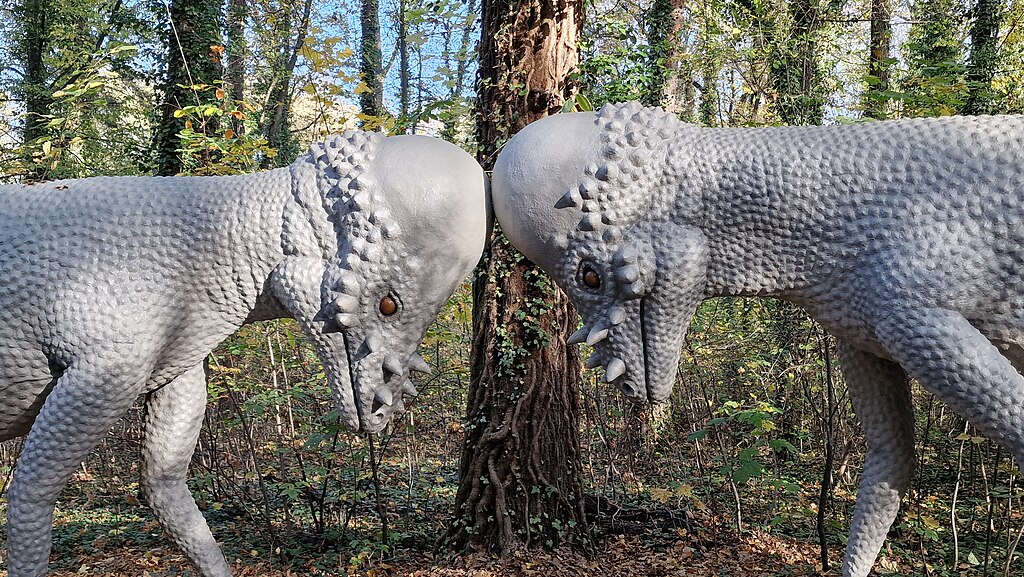
The most intriguing aspect of Stygimoloch’s anatomy—its dramatic head ornamentation—has generated substantial scientific debate regarding its primary function. The traditional view suggests that the thickened skull dome and prominent spikes served as weapons for head-butting contests between males competing for territory or mates, similar to behaviors observed in modern rams and other head-butting mammals. Biomechanical studies have indicated that the pachycephalosaurid skull was indeed capable of absorbing significant impact forces, lending credence to this hypothesis. An alternative theory proposes that the spikes functioned primarily as visual display structures to attract mates or intimidate rivals, with actual physical combat being rare or ritualized. The vivid, species-specific patterns of knobs and spikes would have made for unmistakable species recognition and potential status signaling among conspecifics. Most contemporary paleontologists favor a dual-purpose explanation, where the structures evolved under sexual selection pressures for both display and combat functions, with the dramatic spikes of Stygimoloch perhaps emphasizing visual display more than in its dome-headed relatives.
Growth and Development: From Juvenile to Adult

The growth pattern of Stygimoloch has become central to the debate about its taxonomic status, with some researchers suggesting it represents a specific growth stage rather than a distinct species. Studies of bone histology (microscopic bone structure) in pachycephalosaurid specimens reveal that the skull underwent substantial remodeling throughout the animal’s life. In juvenile specimens, the dome is less pronounced, while the spikes and nodes are relatively more prominent, suggesting that as the animal matured, the dome expanded while the spikes became proportionally smaller or were incorporated into the growing dome structure. This developmental trajectory has led some paleontologists to propose that Stygimoloch specimens represent subadult Pachycephalosaurus individuals, capturing a specific window in their growth sequence. Growth rate estimates based on bone tissue analysis suggest that pachycephalosaurids like Stygimoloch reached sexual maturity before attaining their full adult size, potentially explaining why specimens with different cranial morphologies might represent the same species at different life stages rather than distinct taxa.
Predators and Defense Mechanisms

Inhabiting an ecosystem that included apex predators like Tyrannosaurus rex and other large theropods, Stygimoloch would have required effective defense strategies for survival. Its primary defense likely involved vigilance and speed, with its bipedal stance providing good visibility and its relatively light build enabling rapid escape from threats. The distinctive cranial ornamentation may have played a role in predator deterrence, making the animal appear larger and more formidable than its actual size might suggest. Some paleontologists have proposed that when threatened, Stygimoloch might have adopted a defensive posture with its head lowered, presenting its spiky skull dome toward potential attackers. The sharp, bony spikes could have inflicted significant injury on a predator that attacked head-on, potentially discouraging pursuit. Evidence of healed injuries on theropod fossils from the same period suggests that prey animals did sometimes successfully defend themselves, though whether any such injuries can be specifically attributed to encounters with pachycephalosaurids remains speculative.
Social Behavior: Herd Life or Solitary Existence?
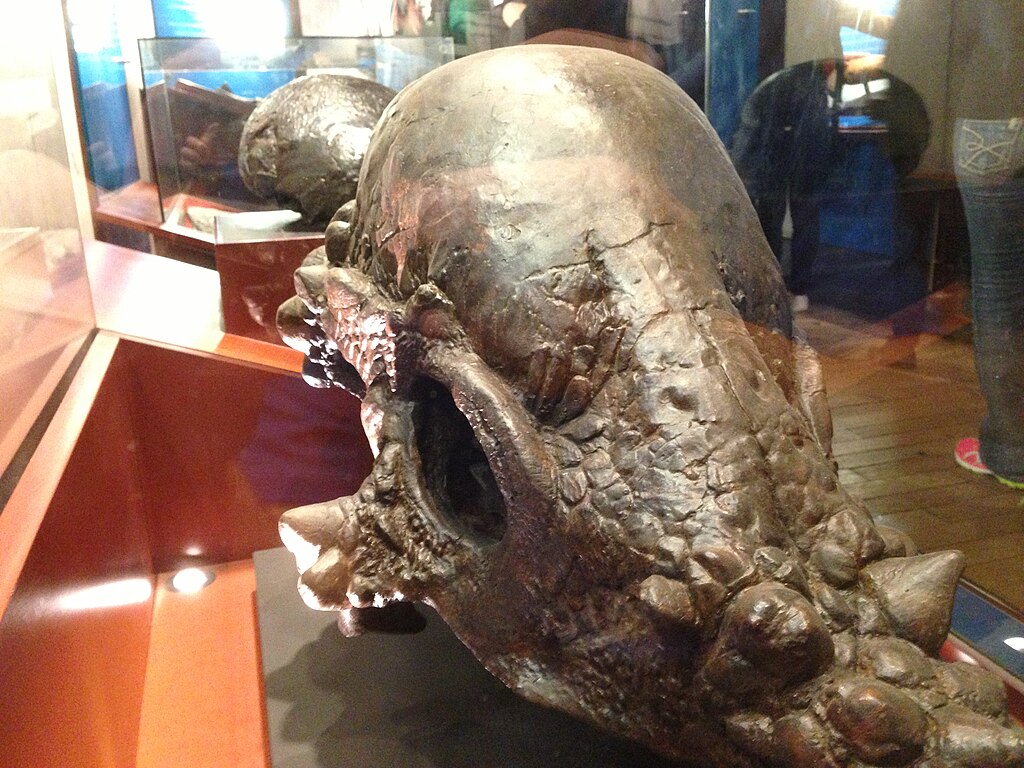
The social structure of Stygimoloch remains largely conjectural due to the limited fossil record and lack of preserved group assemblages. The elaborate cranial ornamentation strongly suggests some form of social interaction, particularly if these features evolved primarily for intraspecific display or competition. By analogy with modern animals that possess similar sexually dimorphic display structures, some paleontologists have proposed that Stygimoloch may have lived in loose social groups with complex dominance hierarchies determined through competitive displays or ritualized combat. The distribution of pachycephalosaurid fossils in the Hell Creek Formation provides indirect evidence that these dinosaurs may have occupied territories individually or in small groups rather than forming large herds like some contemporary herbivores. Seasonal aggregations for mating purposes remain a possibility, creating temporary concentrations where social behaviors, including competitive displays and mate selection, would have been most pronounced. Without direct fossil evidence of group behavior, such as track assemblages or mass mortality sites, the specifics of Stygimoloch’s social organization remain an area where paleontological detective work continues.
Fossil Record Challenges: Piecing Together Fragmentary Evidence
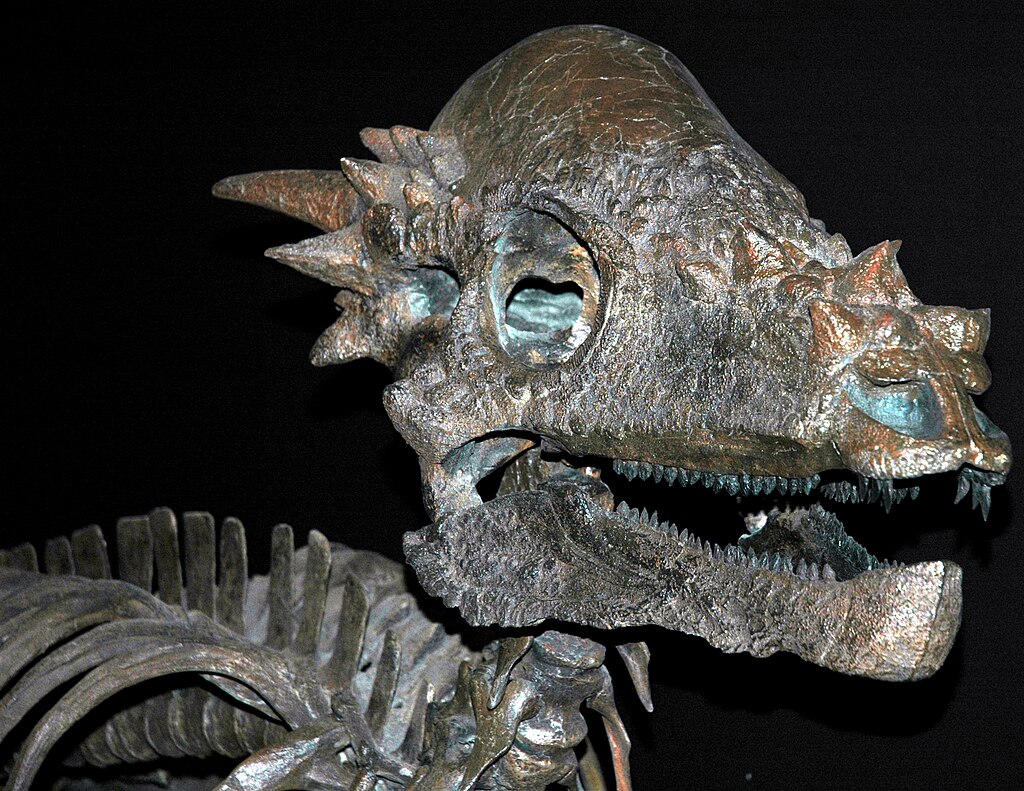
The scientific understanding of Stygimoloch has been hampered by the fragmentary nature of available fossil material, with most specimens consisting primarily of skull elements rather than complete skeletons. This incomplete fossil record creates significant challenges for paleontologists attempting to reconstruct the animal’s complete anatomy, growth series, and taxonomic relationships. The preservation bias toward durable skull elements likely results from taphonomic factors, where the dense bone of the distinctive skull dome and spikes had higher preservation potential than more fragile skeletal components. The relative scarcity of Stygimoloch specimens compared to other contemporary dinosaurs might reflect either actual population demographics or preservation and collection biases that favor larger, more complete specimens. Recent technological advances in CT scanning, 3D modeling, and histological analysis have enabled researchers to extract more information from existing specimens, but the fundamental limitations of the fossil record continue to constrain scientific understanding of this enigmatic dinosaur.
Extinction Context: The Final Days of the Dinosaurs

Stygimoloch lived during the very end of the Cretaceous period, just before the catastrophic extinction event that would eliminate non-avian dinosaurs and many other terrestrial and marine organisms approximately 66 million years ago. This timing places Stygimoloch among the last dinosaur species to evolve before the lineage’s extinction, making it part of what paleontologists sometimes call the “sunset fauna” of the Mesozoic Era. The Hell Creek Formation preserves a detailed record of the final 1-2 million years before the extinction, capturing an ecosystem that had achieved remarkable stability and diversity despite fluctuating climate conditions. When the Chicxulub asteroid struck present-day Mexico, triggering a global environmental catastrophe, Stygimoloch and its contemporaries faced extinction pressures including atmospheric changes, temperature fluctuations, acid rain, and collapse of food webs. The specialized adaptations that had served Stygimoloch well in its Late Cretaceous environment may have become liabilities in the rapidly changing post-impact world, contributing to its inability to survive the mass extinction event that marked the end of the Age of Dinosaurs.
Cultural Impact and Representations

Despite its relatively recent discovery and ongoing taxonomic debates, Stygimoloch has secured a place in popular culture due to its distinctive and visually striking appearance. The dinosaur’s dramatic, spiky head has made it a favorite subject for paleoartists seeking to depict the diversity of Late Cretaceous fauna beyond the more familiar Tyrannosaurus and Triceratops. Stygimoloch gained significant public visibility through its inclusion in the film “Jurassic World: Fallen Kingdom” (2018), where it was portrayed as an aggressive dinosaur using its spiked head as a battering ram. Museum exhibits featuring pachycephalosaurid diversity often showcase Stygimoloch reconstructions to illustrate the extreme cranial specializations that evolved within this group. Educational materials frequently use Stygimoloch as an example of the elaborate structures that could develop through sexual selection and species recognition mechanisms in dinosaurs. The dinosaur’s memorable name, combining mythological and demonic references, has also contributed to its cultural staying power, making it a recognizable entry in the pantheon of dinosaur species despite its relatively brief scientific history.
Future Research Directions: Resolving the Mysteries
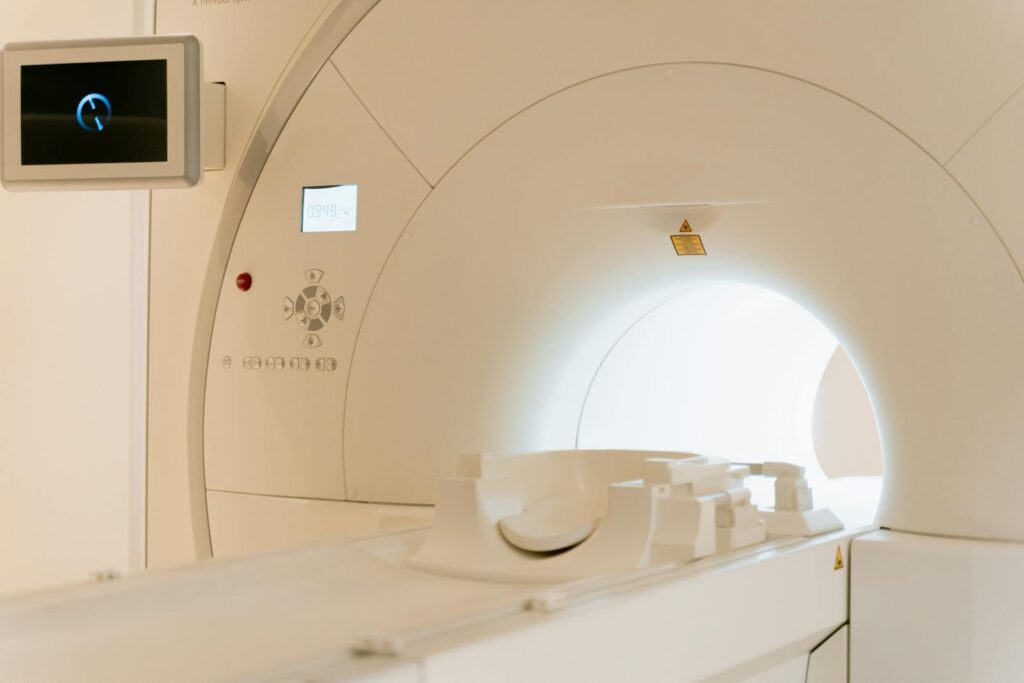
The scientific investigation of Stygimoloch continues to evolve as new analytical techniques and fossil discoveries refine our understanding of pachycephalosaurid diversity and evolution. A primary focus of current research involves resolving the taxonomic debate through detailed comparative studies of skull morphology across specimens of different sizes and presumed ages. Advanced imaging techniques, including high-resolution CT scanning, allow researchers to examine internal bone structures without damaging precious fossil material, potentially revealing growth patterns that could clarify whether Stygimoloch represents a distinct genus or a growth stage. Biomechanical studies using computer modeling are helping to test hypotheses about the functional significance of the distinctive skull features, evaluating their effectiveness for display, combat, or species recognition. Field expeditions to the Hell Creek Formation and equivalent Late Cretaceous deposits continue to search for more complete Stygimoloch specimens that might include postcranial elements, which would provide crucial data about the complete anatomy of this dinosaur. The integration of multiple lines of evidence—morphological, histological, stratigraphic, and comparative—offers the best hope for resolving the persistent questions surrounding this enigmatic dinosaur.
Conclusion
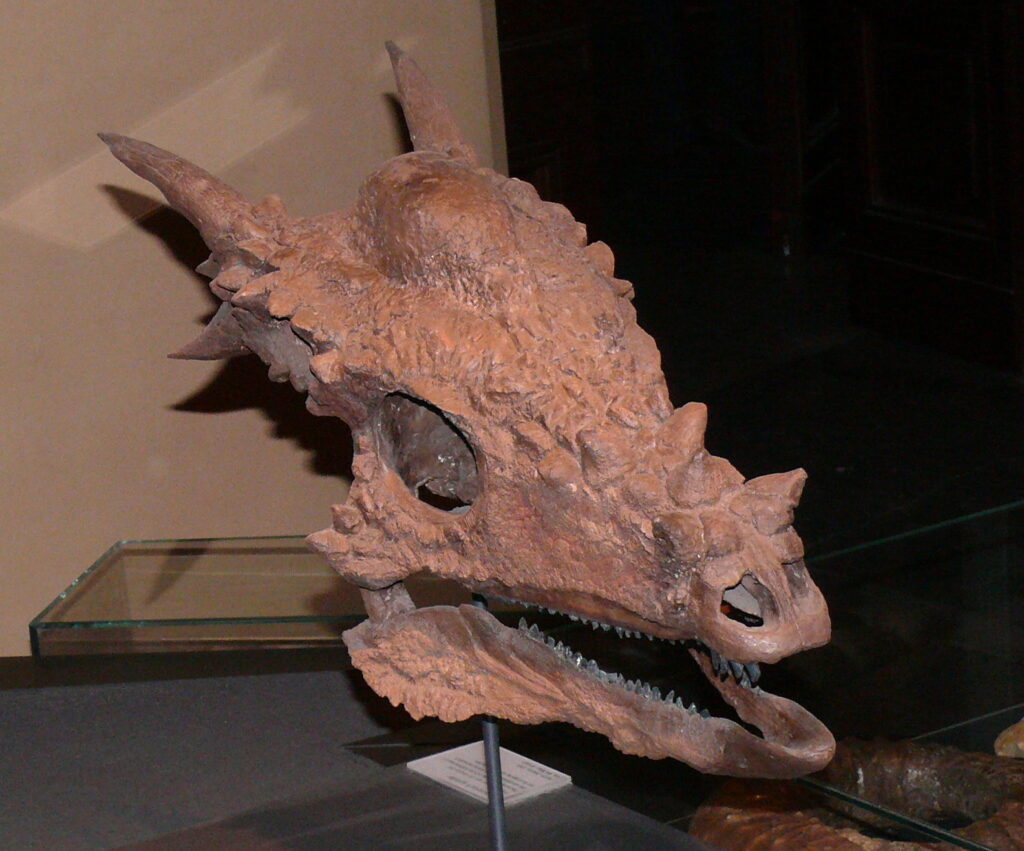
Stygimoloch stands as one of paleontology’s most visually distinctive yet scientifically contested dinosaurs. Whether viewed as a separate genus or as a growth stage of Pachycephalosaurus, its extreme cranial ornamentation represents a remarkable example of evolutionary specialization among the last dinosaurs to walk the Earth before the Cretaceous-Paleogene extinction event. The ongoing scientific debates surrounding its identity highlight the dynamic nature of paleontological research, where discoveries and analytical approaches continually refine our understanding of ancient life. As one of the dinosaurs that pushed head ornamentation to its limits, Stygimoloch provides valuable insights into the selective pressures and ecological conditions of the Late Cretaceous Midwest, illuminating a world poised on the brink of catastrophic change. Its legacy endures both in scientific discussions of dinosaur growth and development and in popular culture representations that celebrate the bizarre and beautiful diversity of prehistoric life.

